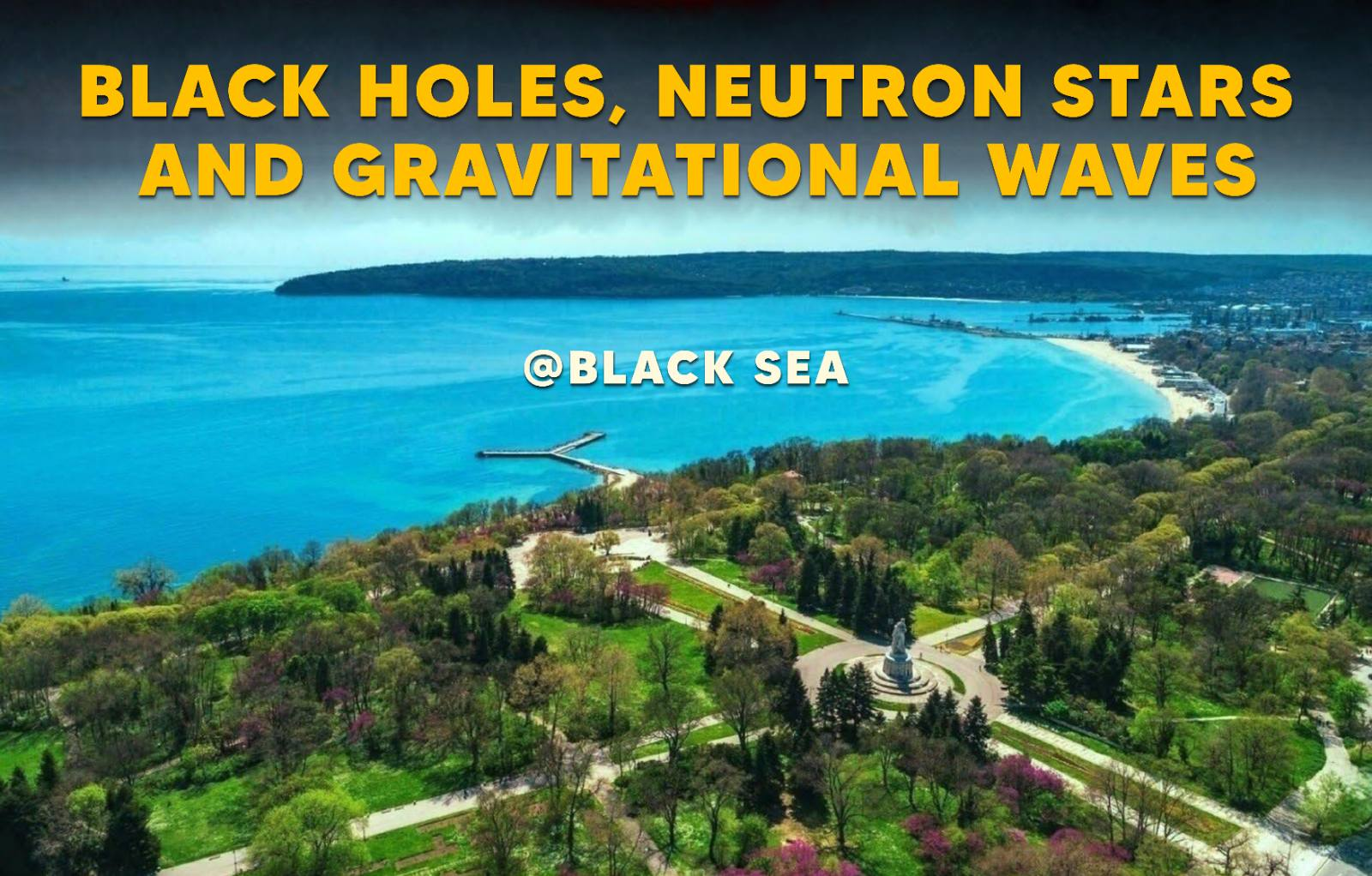Speaker
Description
We investigate the visual appearance of thin accretion disks and their embedded shadows around rotating black holes endowed with scalar hair, generated by two time-periodic scalar fields whose target space possesses non-flat geometry. These solutions extend beyond the Kerr framework and exhibit a non-trivial geodesic structure that significantly influences observable features. By varying the normalized scalar charge and the Gaussian curvature of the target space, we identify distinct transitions in both disk and shadow morphology. As the system approaches the boson star limit, the shadows fragment into highly chaotic, disconnected regions. At intermediate values of the scalar charge, a well-defined central shadow emerges, with its shape closely linked to the curvature. The accretion disk images reflect this trend: low curvature yields distorted, non-simply connected patterns, whereas higher curvature produces more coherent and symmetric configurations. For low scalar charge, the visual signatures converge toward those characteristic of a Kerr black hole.

